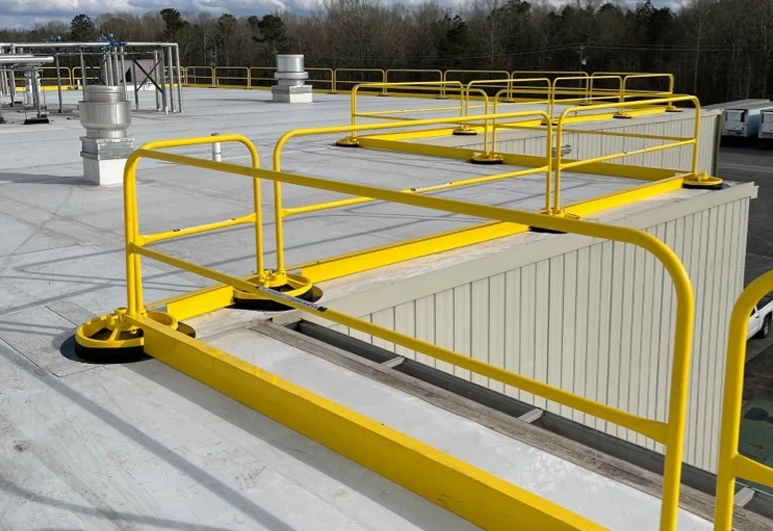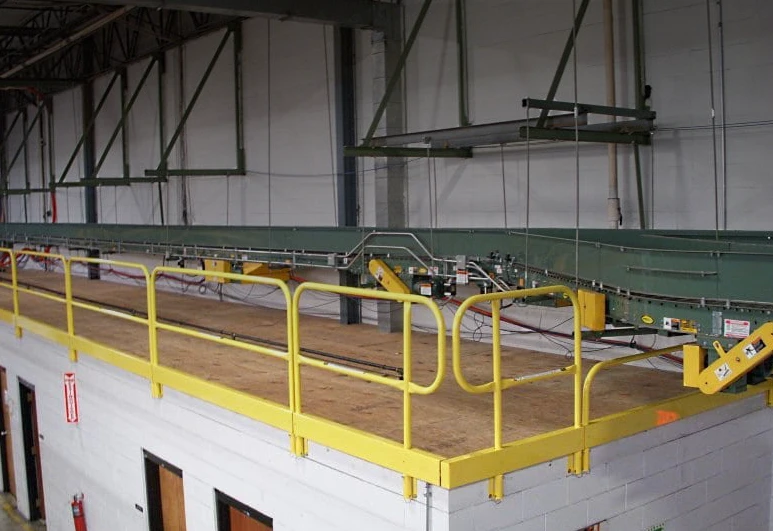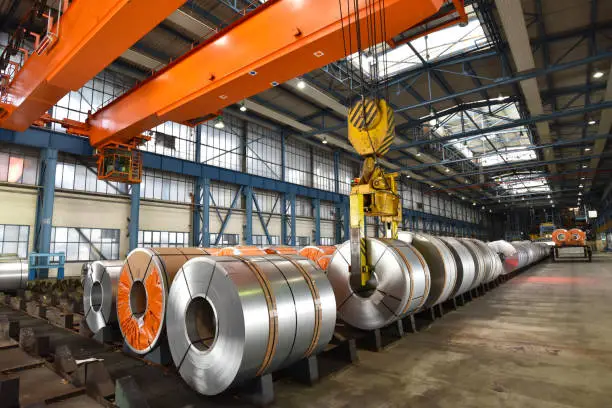Safety & Decorative Railing
- Precision Metal Industry Company
- Services
- Safety & Decorative Railing

Safety & Decorative Railing
Why Choose Us

Fall Protection:
Railings are essential for preventing falls from stairs, balconies, and elevated surfaces.
Regulations:
In the U.S., OSHA (Occupational Safety and Health Administration) provides guidelines for railing heights.
Stability:
They offer support and stability to people using stairs and walkways, especially for the elderly or those with mobility issues, according to DC Iron. Decorative Aspects
Aesthetic Enhancement:
Railings contribute to the overall design of a building or outdoor space.
Materials:
Common materials include metal (stainless steel, wrought iron), glass, and wood, each offering different looks.
Customization:
Designs can range from modern and minimalist to traditional and ornate, allowing for customization to match any property style. Common Applications
Staircases:
Both indoor and outdoor staircases often feature decorative safety railings.
Balconies & Decks:
Railings are crucial for safety on balconies and decks, with designs that can range from simple metal to intricate patterns.
Public Spaces:
Safety and decorative railings are used in public buildings, transit areas, and commercial centers.









